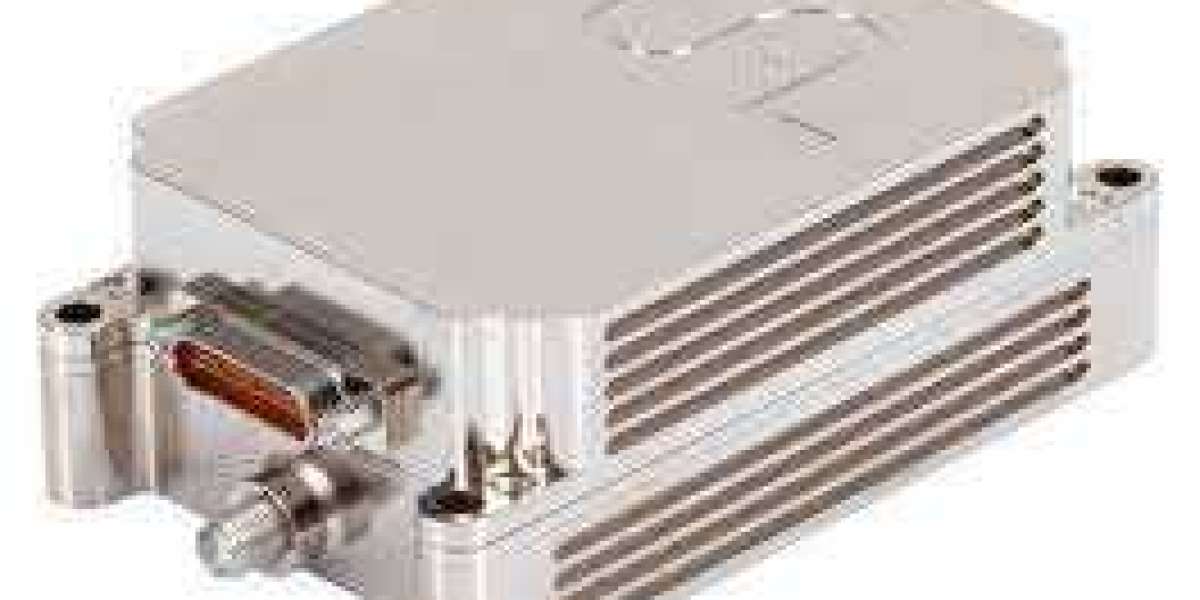Introduction:
In the fast-paced world of data-driven industries, the seamless capture and transmission of critical information are the linchpins of success. At the heart of this process lies the Telemetry Receiver, a technology that plays a pivotal role in acquiring, interpreting, and relaying data from diverse sources. This blog post aims to delve into the significance of Telemetry Receivers, exploring their functionalities, applications, and the transformative impact they bring to fields ranging from aerospace to healthcare.
Understanding Telemetry Receivers:
A Telemetry Receiver is a specialized device designed to intercept and interpret telemetry data transmitted from various sources, such as sensors, instruments, or remote systems. Telemetry, in essence, involves the wireless transmission of real-time data from remote locations, and Telemetry Receivers serve as the gateway to capture and process this information for further analysis.
Key Functionalities of Telemetry Receivers:
Signal Reception and Demodulation: Telemetry Receivers are equipped to capture and demodulate signals transmitted by telemetry devices. These signals, often in the form of radio frequency (RF) transmissions, are decoded to retrieve the original data sent by sensors or instruments.
Data Processing and Analysis: Once the signals are received, Telemetry Receivers process and analyze the data to extract meaningful information. This involves tasks such as error checking, data validation, and sometimes conversion of analog signals to digital formats for comprehensive analysis.
Time Synchronization: Precision in time synchronization is critical in telemetry applications. Telemetry Receivers often incorporate mechanisms to ensure accurate time-stamping of received data, allowing for synchronized analysis of events occurring across different systems or locations.
Interoperability: Telemetry Receivers are designed to be interoperable with a variety of telemetry systems and devices. This flexibility ensures compatibility across different platforms, allowing for the integration of data from diverse sources.
Applications of Telemetry Receivers:
Aerospace and Flight Testing: Telemetry Receivers are integral in aerospace applications, particularly during flight testing of aircraft and spacecraft. They capture real-time data on factors such as altitude, airspeed, and engine performance, enabling engineers to monitor and analyze the performance of aerospace systems.
Healthcare Monitoring: In the healthcare sector, Telemetry Receivers are utilized for patient monitoring. These devices capture data from wearable sensors or implantable devices, providing healthcare professionals with real-time information on vital signs, ensuring timely intervention when necessary.
Industrial Automation: Telemetry Receivers play a crucial role in industrial settings where automation and remote monitoring are prevalent. They capture data from sensors embedded in machinery, allowing for real-time analysis of equipment performance, predictive maintenance, and overall process optimization.
Environmental Monitoring: Monitoring and analyzing environmental parameters such as weather conditions, air quality, and water quality rely on telemetry systems. Telemetry Receivers in these applications capture data from remote sensors, aiding in environmental research and management.
Conclusion:
As industries continue to evolve towards interconnected and data-centric models, Telemetry Receivers emerge as indispensable tools for acquiring and interpreting the crucial information that drives decision-making. Whether soaring through the skies, monitoring patient health, optimizing industrial processes, or safeguarding the environment, the role of Telemetry Receivers underscores their versatility and adaptability across diverse fields. In an era where actionable insights are key, these devices stand as silent sentinels, bridging the gap between remote data sources and the analytical tools that empower progress and innovation.



